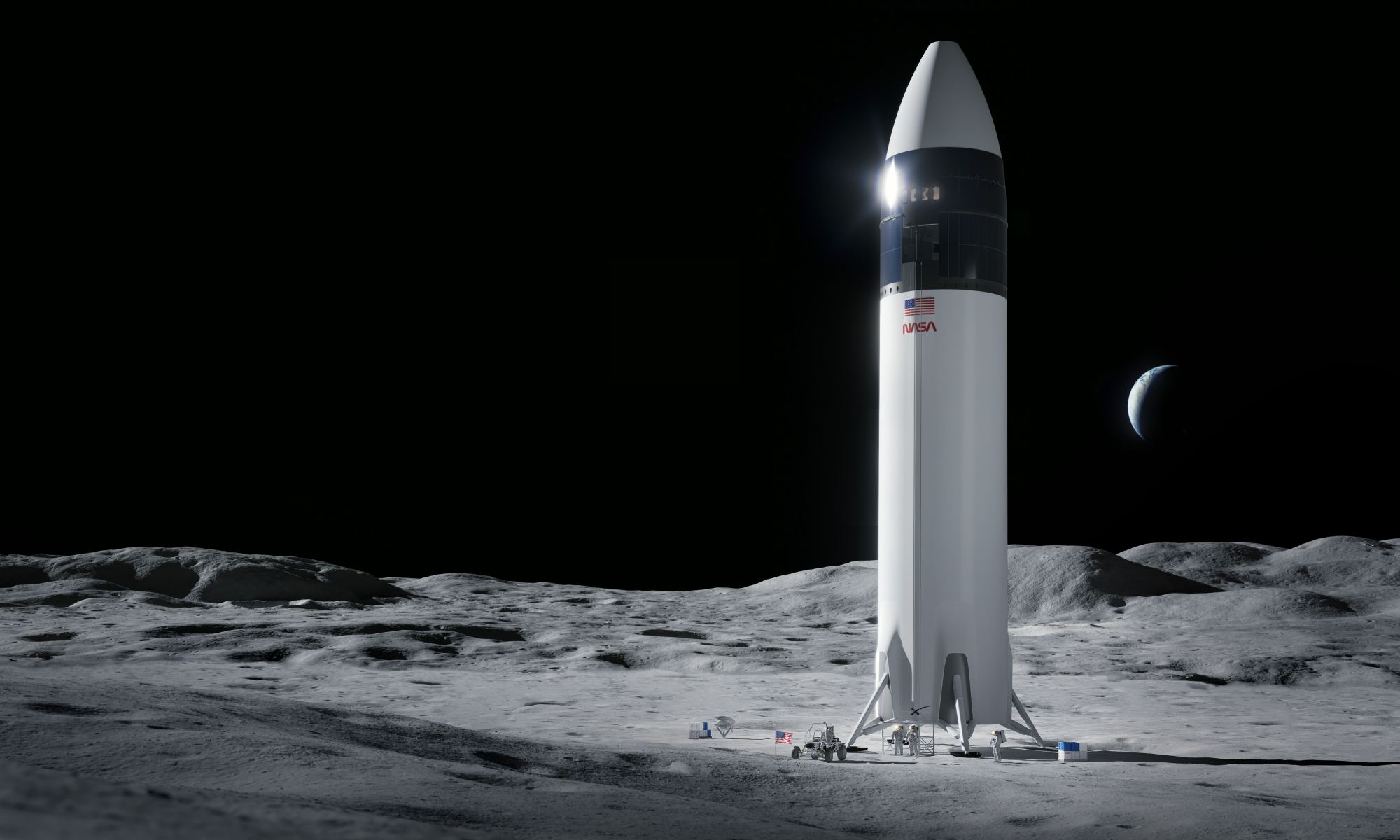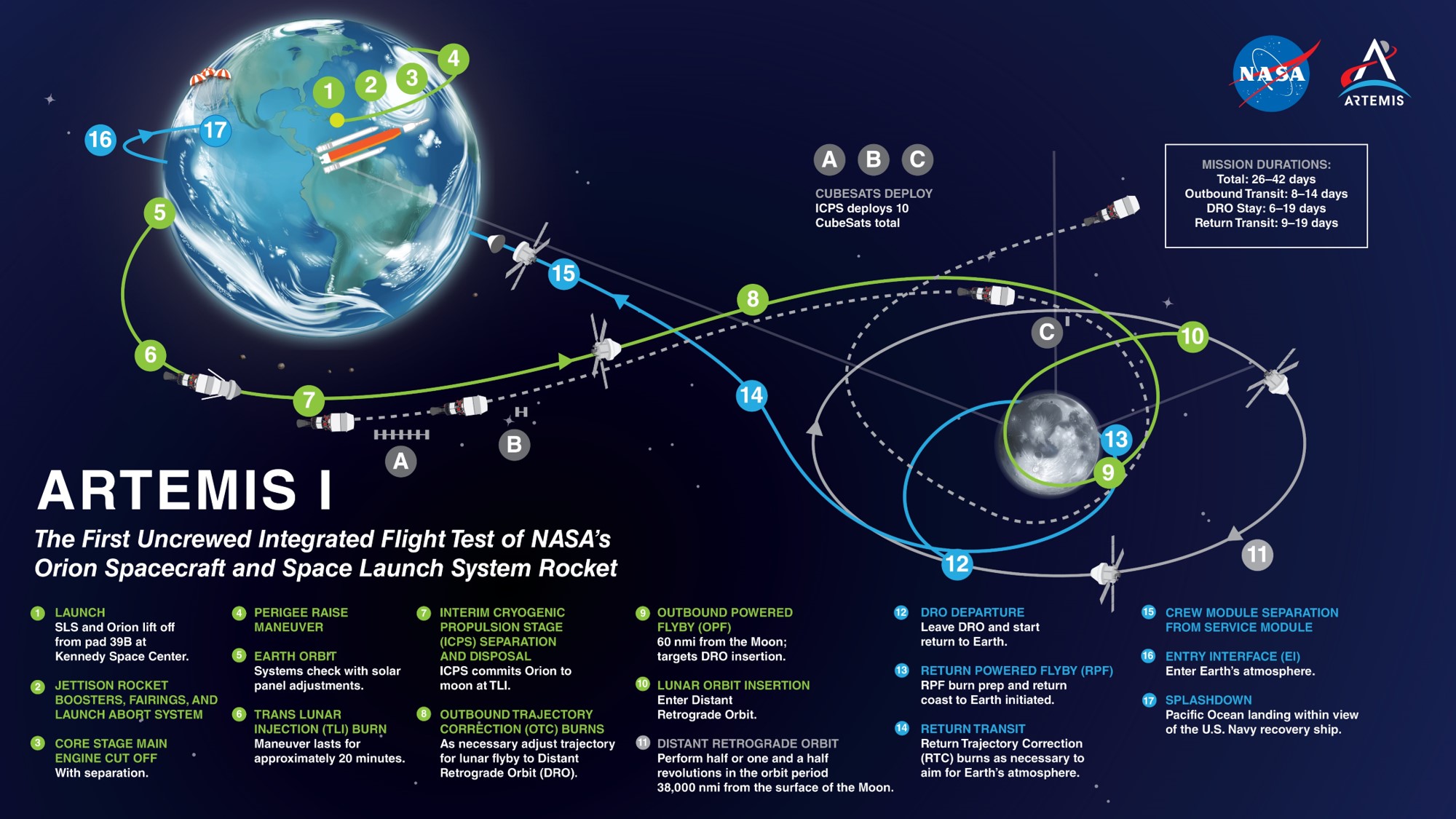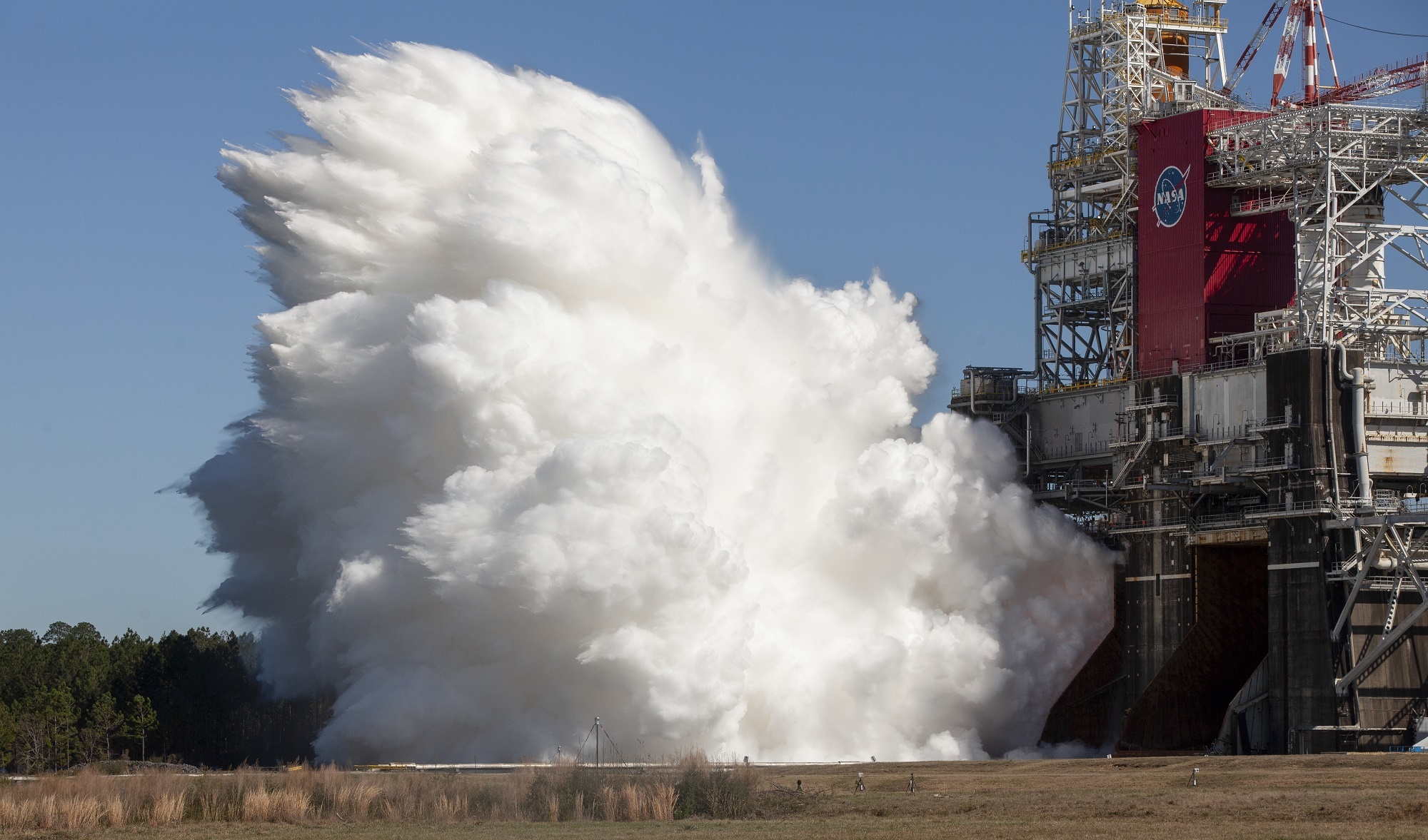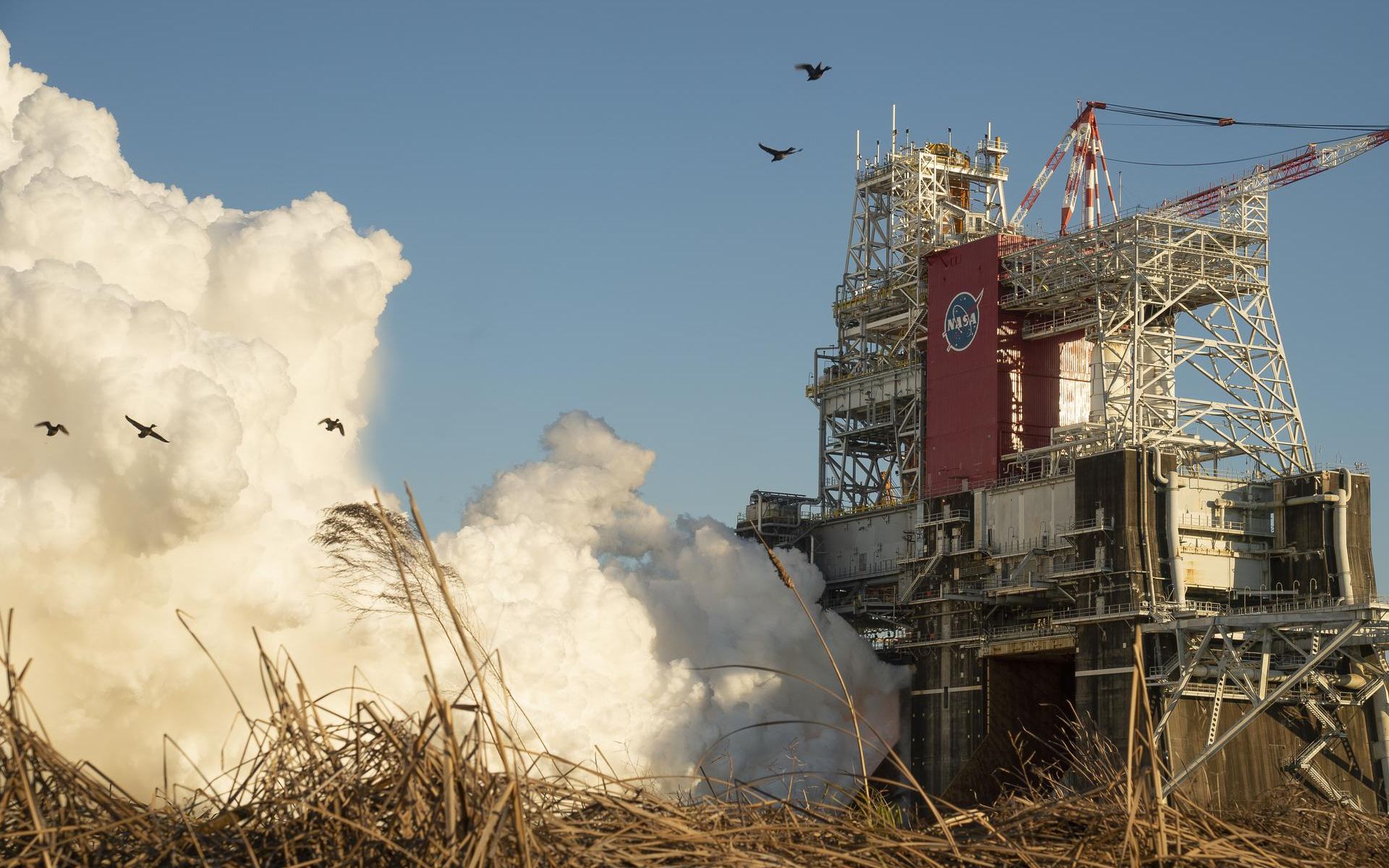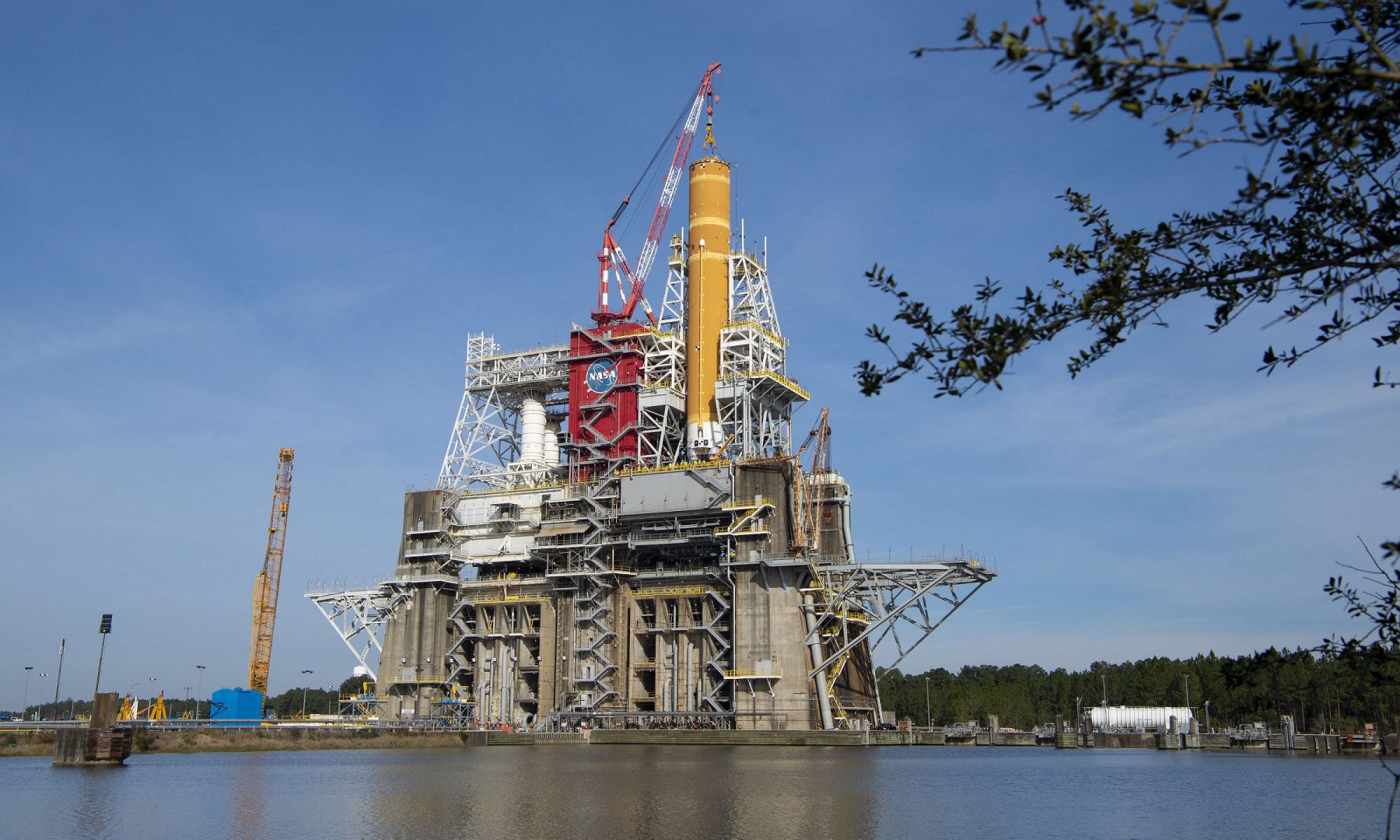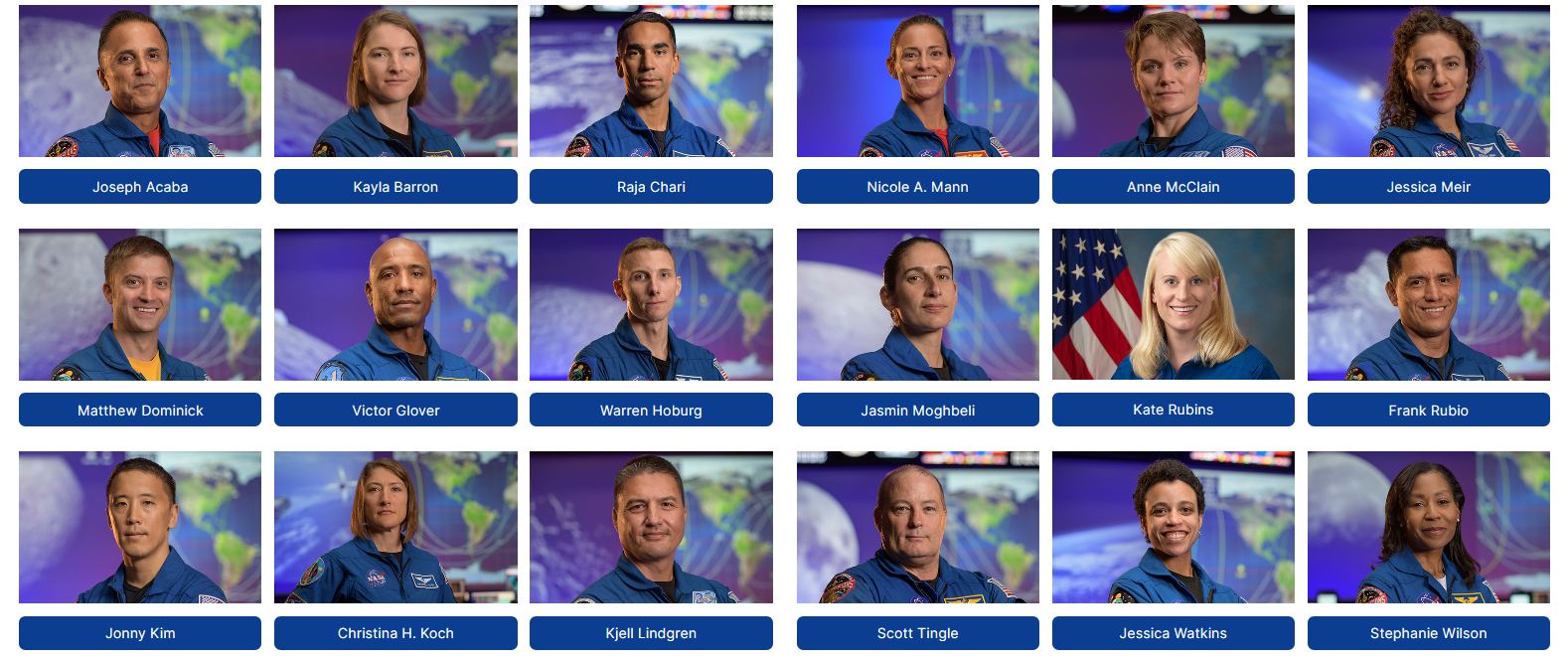NASA has pushed back the timetable for landing astronauts on the moon for the first time in more than a half-century from 2024 to no earlier than 2025.
Blue Origin’s unsuccessful legal challenge to a $2.9 billion lunar lander contract awarded to SpaceX was one of the factors behind the delay in the Artemis moon program, NASA Administrator Bill Nelson said during a Nov. 9 teleconference.
Nelson also pointed to Congress’ previous decisions not to fund the lander program as fully as NASA wanted, plus delays forced by the COVID-19 pandemic and the fact that “the Trump administration target of a 2024 human landing was not grounded in technical feasibility.”
“After having taken a good look under the hood these past six months, it’s clear to me that the agency will need to make serious changes for the long-term success of the program,” he told reporters.
Continue reading “NASA’s Target for Landing the First Artemis Astronauts on the Moon Slips to 2025”
